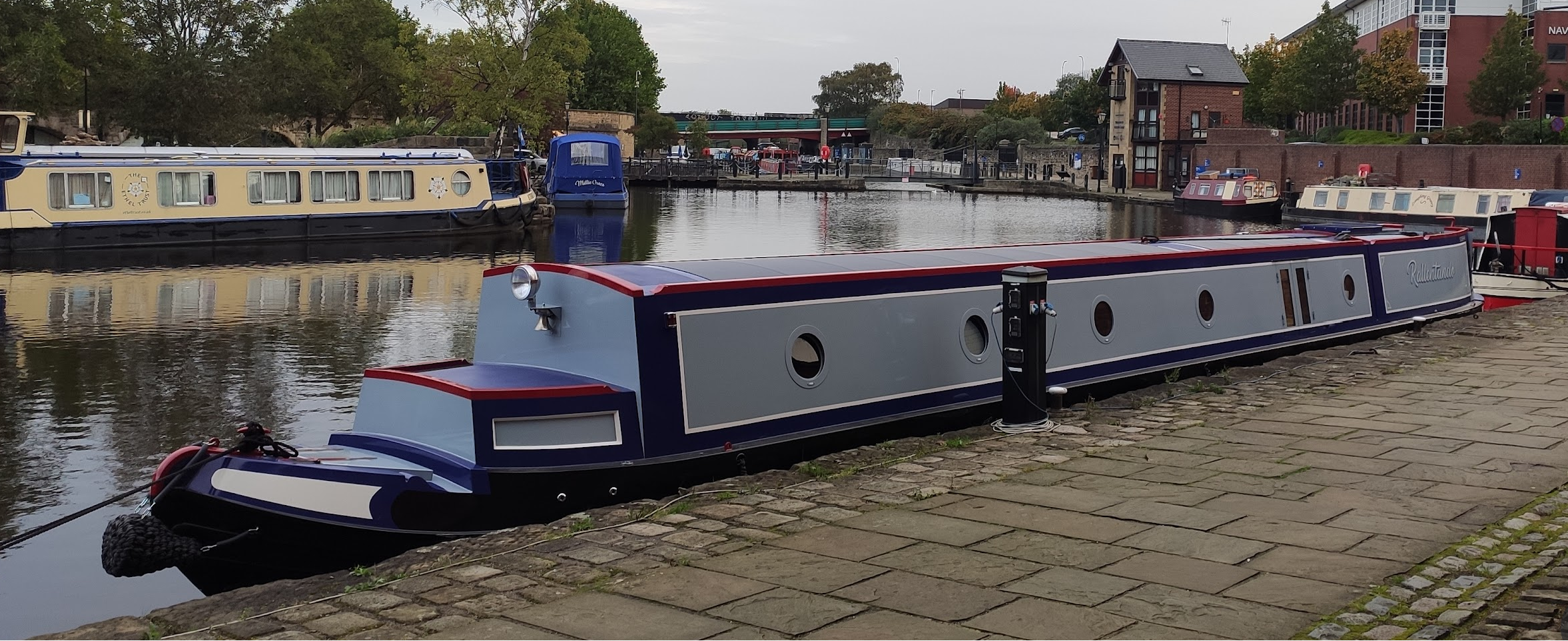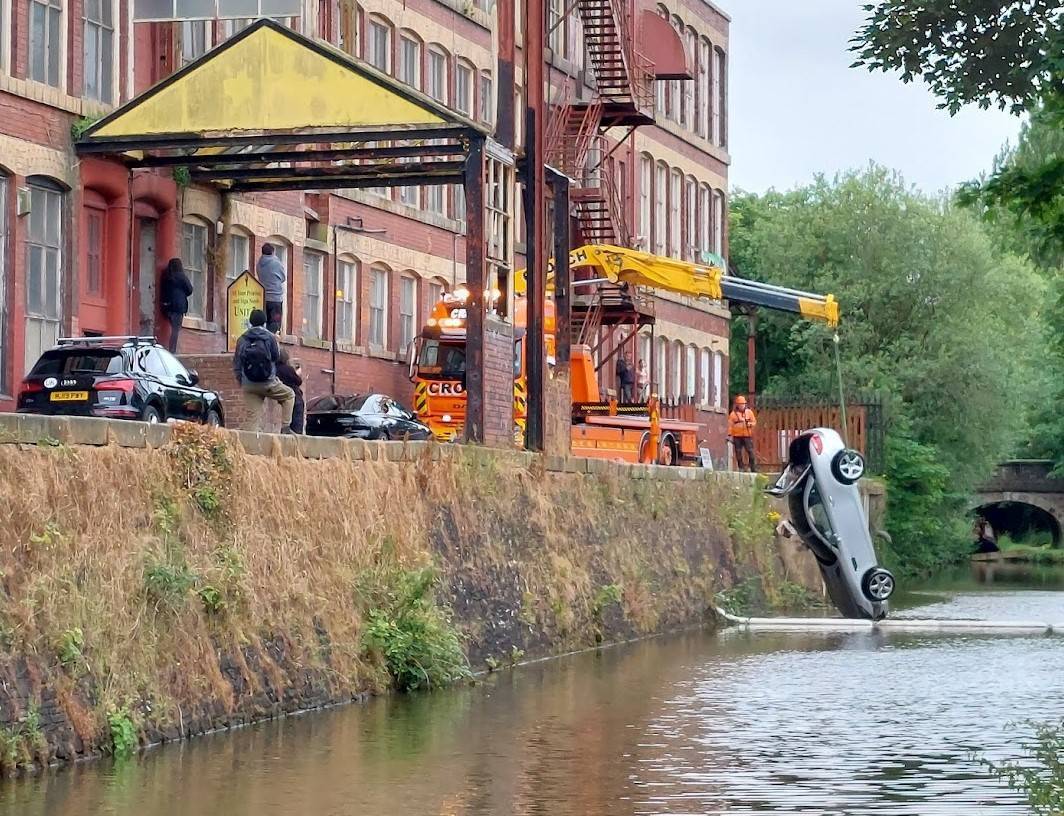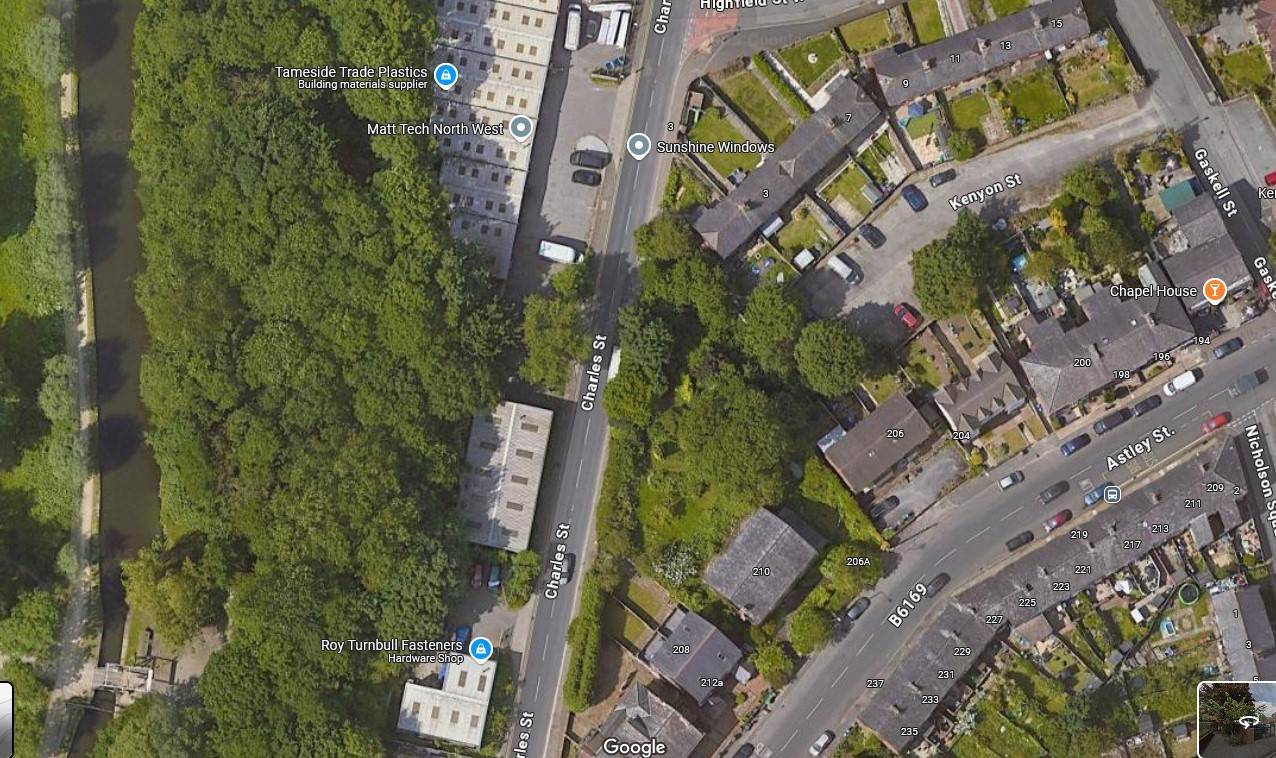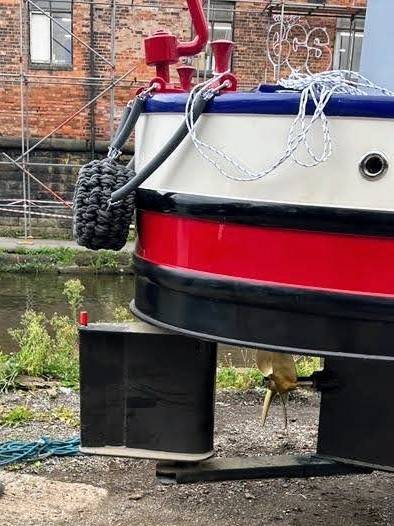As a serious question, have you ever had to actually design an SMPS including analysing how the control loops (voltage/current) work and are kept stable?
I can assure you that though the current (inductor and/or input/output) can be measured -- and used as a secondary factor in the control algorithms, for example feedforward compensation -- there is no way to directly adjust current by adjusting duty cycle, which is the fundamental way the loops work.
Changing the switch duty cycle changes the voltage conversion ratio, and the load current then changes as a result depending on SMPS output impedance, source output impedance and load input resistance.
This is the case for all the standard hard-switched SMPS topologies like boost (step-up), buck (step-down) and buck-boost (step up or down). Soft-switched/resonant converters like LLC are a whole different kettle of fish and much harder to analyse and control, because the output voltage doesn't just depend on duty cycle, but these are very rarely used because they're a total PITA to design. DAMHIK... 😉








